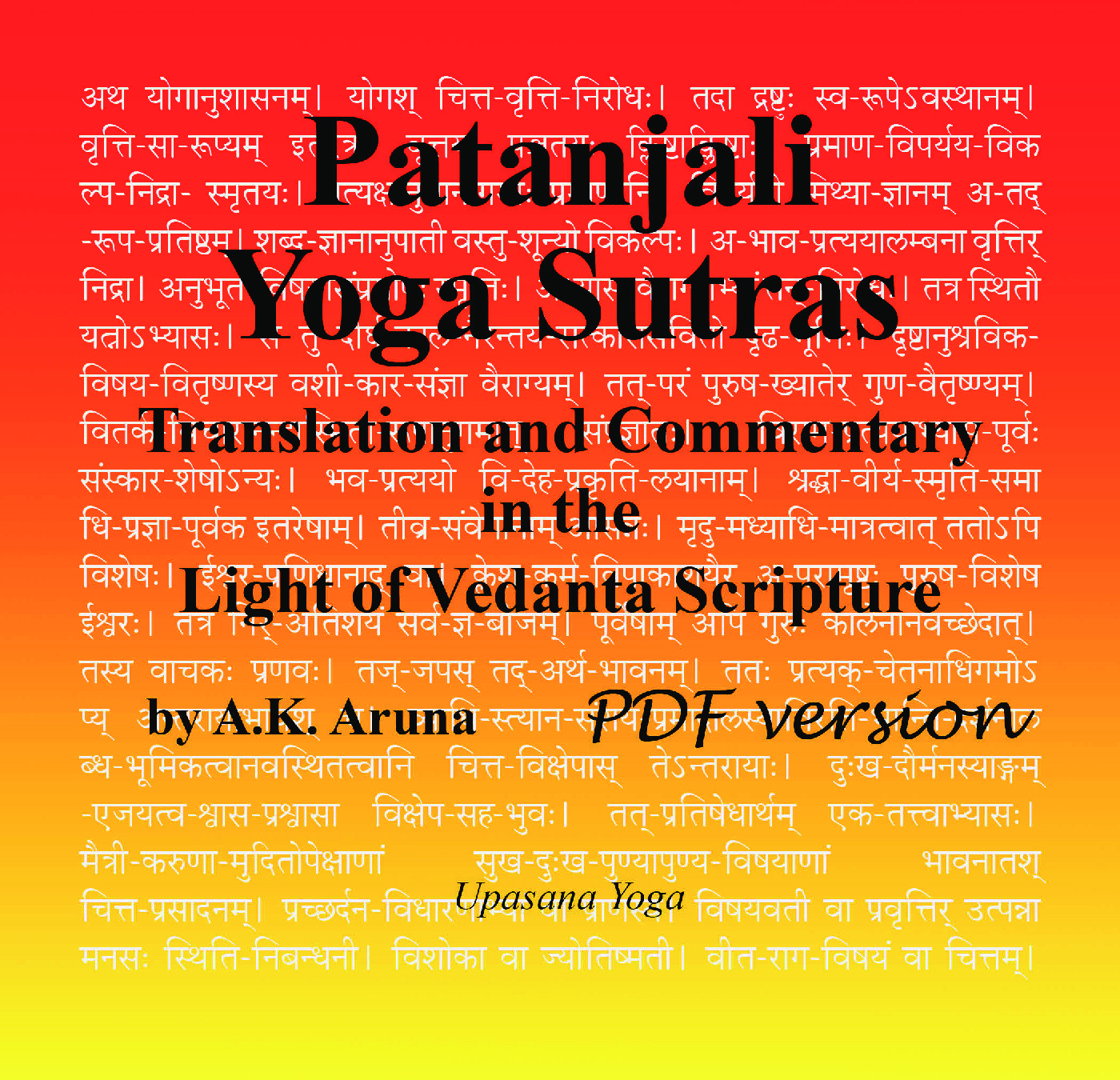The Sanskrit name for the primary series is yoga chikitsa, which can be interpreted as “yoga therapy.” It is given this name because it is said to purify and heal the body.
What is the literal meaning of Astanga?
In Sanskrit, ashtanga means eight-limbed (asta- eight, anga- limb). Ashtanga Yoga is an eight-limbed path towards achieving the state of Yoga, also known as Samadhi.
What is the Sanskrit meaning of the word yoga '? To make one to make holy to make peaceful?
Meaning of Yoga
"Yoga" comes from the Sanskrit verb "yuj," to yoke or unite. The goal of yoga is to unite oneself with God; the practice of yoga is the path we take to accomplish this.
What is the primary ingredient of power yoga?
The official yoga program of the New York Road Runners club, Power Yoga is a unique combination of dynamic breathing and strong, flowing movement, which creates a high-heat, high-energy workout.
What is a yoga series called?
Ashtanga Vinyasa Yoga is made up of six series (Primary, Intermediate and four Advanced Series) each of which has a set order of poses. Each of the six series begins with Surya Namaskara (Sun Salutations) 5 of the A variation and 5 of the B variation, followed by the standing sequence.
What are the four Pada of yoga?
I - Samadhi Pada – 51 Sutras. II – Sadhana Pada – 55 Sutras. III – Vibhuti Pada – 56 Sutras. IV – Kaivalya Pada – 34 Sutras.
What does Sadhana Pada mean?
Sadhana Pada describes Kriya yoga (yoga of action) and the steps to eliminate worldly suffering and reach a yogic state — a process known as The Eight Limbs of Yoga, or the eight-fold path (Ashtanga yoga).
Frequently Asked Questions
What are the different types of Pada in yoga?
Patañjali divided his Yoga Sutras into four chapters or books (Sanskrit Pada), containing in all 196 aphorisms, divided as follows:
- Samadhi Pada.
- Sadhana Pada.
- Vibhuti Pada.
- Kaivalya Pada.
What is the third chapter of the Yoga Sutras?
Progressing: Chapter 3 of the Yoga Sutras is entitled Vibhuti Pada, which means the chapter on progressing. Chapter 3 starts by presenting the last 3 of the 8 rungs of yoga, which are concentration, meditation, and samadhi, collectively known as samyama.
In which chapter of the Yoga Sutras are the 8 limbs of Ashtanga yoga described?
The Sutras (or writings) of Patanjali are divided into four sections or padas. The practice of the eight-fold path of yoga comes from section two called the Sadhana Pada. In this chapter, Sage Patanjali mentions this eight-fold path as “ashtanga yoga” in sutra 29 (aphorism 2.29).
What are the 196 Yoga Sutras?
Within the Yoga Sutras are 196 aphorisms, short passages that guide the reader through four chapters, or books (padas): Samadhi Pada, which describes the results of yoga practice; Sadhana Pada, which describes the discipline itself; Vibhuti Pada, which describes some of the super-normal effects the practice can have;
How many Yoga Sutras talk about asana?
Three sutras
Since there are only three sutras about asana, it is a good idea to know what they are and to reflect on their meaning. These three sutras appear near the end of the second chapter or Sadhana Pada (practice chapter) of the Yoga Sutras.
What are the 196 Sutras of Patanjali?
Within the Yoga Sutras are 196 aphorisms, short passages that guide the reader through four chapters, or books (padas): Samadhi Pada, which describes the results of yoga practice; Sadhana Pada, which describes the discipline itself; Vibhuti Pada, which describes some of the super-normal effects the practice can have;
FAQ
- Are there 195 or 196 Yoga Sutras?
- The Yoga Sutras of Patañjali is a collection of Sanskrit sutras (aphorisms) on the theory and practice of yoga – 195 sutras (according to Vyāsa and Krishnamacharya) and 196 sutras (according to others, including BKS Iyengar).
- How many poses in a yoga sequence?
- Assuming you hold each pose for five breaths, usually a Standing Series sequence includes 10-15 poses on one side, then those same 10-15 poses on the other leg. Here's an example of a Standing Series sequence: Right leg forward: Crescent Lunge.
- How many sutras are there in Yoga Sutra?
- The Yoga Sutras of Patañjali is a collection of Sanskrit sutras (aphorisms) on the theory and practice of yoga – 195 sutras (according to Vyāsa and Krishnamacharya) and 196 sutras (according to others, including BKS Iyengar).
- What is the foundational text of yoga?
- Three Foundational Texts The ancient roots of yoga philosophy and practice lean on three main texts: The Bhagavad Gita , The Yoga Sutras of Patanjali, and The Hatha Yoga Paradipika. The latter two are the primary sourse for the practical knowledge of thethe Yoga technique.
- What is the fundamentals of yoga?
- The Fundamentals of Yoga Yoga works on the level of one's body, mind, emotion and energy. This has given rise to four broad classifications of Yoga: Karma Yoga where we utilise the body; Jnāna Yoga where we utilise the mind; Bhakti Yoga where we utilise the emotion and Kriya Yoga where we utilise the energy.
- What are the traditional texts of yoga?
- YOGA'S FOUNDATIONAL TEXTS The essential principles of Yoga as a practice, and a way of life, can be found in these three main texts: The Bhagavad Gita, The Yoga Sutras of Patanjali, and The Hatha Yoga Paradipika. The latter two especially provide practical teachings on Yoga techniques.
Which chapter in the yoga sutras is the chapter on the psychology of the human?
| What are the 4 keys Yoga Sutras? | The four keys are: maitri (friendliness or loving-kindness), karuna (compassion), mudita (delight), and upeksha (disregard or equanimity). |
| How many parts are there in Yoga Sutra? | 4 by Master E.K. Patanjali divided his Yoga Sutras into 4 chapters or books (Sanskrit pada), containing in all 195 aphorisms, divided as follows: Samadhi Pada(51 sutras) |
| How are the Yoga Sutras divided? | Decoding the ancient wisdom of Patanjali The 196 sutras (which translates to “threads” or “discourses” in English) are separated into four padas (chapters): Samadhi, Sadhana, Vibhuti, and Kaivalya. |
| How many parts of yoga are there? | The eight limbs of yoga are yama (abstinences), niyama (observances), asana (yoga postures), pranayama (breath control), pratyahara (withdrawal of the senses), dharana (concentration), dhyana (meditation) and samadhi (absorption)." |
| What are the four chapters of the Yoga Sutras? | But, even in English, sutras reveal elegance and brevity that inspire thought and spark philosophical discussion. In them, the deep truth of ancient yoga remains hidden for centuries. The four chapters are Samadhi, Sadhana, Vibhuti, and Kaivalya. |
| What do the Yoga Sutras contain? | Patanjali's Yoga Sutras contain 196 Sutras, divided between four chapters, called Padas. The sutras discuss the aims and practice of yoga, the development of “yogic powers” and finally, liberation, enlightenment, or freedom.. |
- How many chapters Pada are in Patanjali Yoga Sutra?
- 4 chapters Patanjali divided his Yoga Sutras into 4 chapters or books (Sanskrit pada), containing in all 195 aphorisms, divided as follows: Samadhi Pada(51 sutras)
- What are the 4 Padas of Patanjali Yoga Sutra?
- I - Samadhi Pada – 51 Sutras. II – Sadhana Pada – 55 Sutras. III – Vibhuti Pada – 56 Sutras. IV – Kaivalya Pada – 34 Sutras.
- How many are there in Patanjali Yoga Sutra?
- 196 sutras The Yoga Sutras of Patañjali is a collection of Sanskrit sutras (aphorisms) on the theory and practice of yoga – 195 sutras (according to Vyāsa and Krishnamacharya) and 196 sutras (according to others, including BKS Iyengar).
- How many limbs are there in Patanjali Yoga Sutra?
- 8 limbs The 8 limbs of Yoga described in the Yoga Sutras of Patanjali are the most enduring part of this classic work of philosophy. While delving into their original context, we explain why the 8 Limbs are still relevant to contemporary Yoga practice and modern life.
- What is Pada in the Yoga Sutras?
- In Sanskrit, the word pada means a chapter. Samadhi Pada is, therefore, the first of four chapters in the Yoga Sutra, the one that sets you off on a path of enlightenment through the art of meditation.


